What Are the Uses of Hpmc in Tile Adhesive?
Aug. 30, 2024
Hydroxypropyl methylcellulose (HPMC) is a versatile cellulose ether widely used in the construction industry, particularly in the formulation of tile adhesives. Its properties significantly enhance the performance and handling of tile adhesives. Here are some key uses and benefits of HPMC in tile adhesive applications:
1. Improved Workability and Consistency
HPMC acts as a thickening agent in tile adhesives, providing a smooth and consistent mixture that is easy to apply. Its ability to retain water ensures the adhesive remains workable for a longer period, allowing for better handling and adjustment of tiles during installation.
2. Enhanced Adhesion and Bond Strength
One of the primary roles of HPMC in tile adhesives is to improve adhesion. By enhancing the bond between the adhesive and the substrate, HPMC ensures that tiles are securely fixed. This is particularly important for vertical installations, where a strong bond prevents tiles from slipping or detaching over time.
Benefits of Hpmc in Tile Adhesive Applications
3. Water Retention
HPMC has excellent water retention properties, which are crucial for the curing process of tile adhesives. By retaining water, HPMC ensures that the adhesive cures properly, preventing premature drying and ensuring optimal strength development. This is especially important in hot or dry conditions where water loss can be rapid.
4. Sag Resistance
In vertical tile installations, the adhesive must resist sagging or slumping under the weight of the tiles. HPMC imparts thixotropic properties to the adhesive, enhancing its sag resistance and ensuring that tiles stay in place during the setting process. This makes it easier to achieve precise tile alignment and reduces the need for additional support during installation.
5. Open Time Extension
Open time refers to the duration for which the adhesive remains workable after application. HPMC extends the open time of tile adhesives, providing installers with more flexibility and time to adjust tiles before the adhesive begins to set. This is particularly beneficial in large or complex installations where precise positioning is critical.
THE IMPORTANCE OF WATER REDUCING AGENTS IN CONSTRUCTION
6. Improved Rheology
How Is Mono Ethylene Glycol Manufactured?
10 Questions You Should Know about Using Uracil White Powder in Your Research
Unlocking the Power of Aminosilane in Industry Applications
Unlocking the Benefits of Aminosilane in Applications
How Does Silane Fluid Enhance Performance?
How to Select the Right Silane Fluid?
The rheological properties of tile adhesives, such as viscosity and flow behavior, are significantly influenced by HPMC. It provides the right balance between viscosity and flow, ensuring that the adhesive spreads evenly and adheres well to both the substrate and the tiles. This results in a uniform adhesive layer, which is essential for strong and durable tile installations.
7. Temperature Stability
HPMC enhances the temperature stability of tile adhesives, allowing them to perform effectively in a wide range of temperatures. This is important in various climatic conditions, ensuring that the adhesive maintains its properties and performance, whether in hot or cold environments.
8. Efflorescence Prevention
Efflorescence is the formation of white, powdery deposits on the surface of tiles due to the migration of soluble salts. HPMC helps to reduce efflorescence by controlling the moisture movement within the adhesive, thereby minimizing the migration of salts to the tile surface. This contributes to the aesthetic quality of the tile installation.
9. Compatibility with Other Additives
HPMC is compatible with a variety of other additives commonly used in tile adhesive formulations, such as defoamers, plasticizers, and dispersants. This compatibility allows for the formulation of specialized adhesives tailored to specific requirements, such as fast-setting or flexible adhesives.
10. Environmental Benefits
As a cellulose derivative, HPMC is biodegradable and environmentally friendly. Its use in tile adhesives contributes to the development of sustainable construction materials, aligning with the growing demand for eco-friendly building products.
Conclusion
In summary, HPMC plays a critical role in enhancing the performance and usability of tile adhesives. Its benefits include improved workability, enhanced adhesion, superior water retention, and increased sag resistance. Additionally, HPMC extends the open time of adhesives, improves their rheological properties, and enhances temperature stability. These advantages make HPMC an indispensable ingredient in the formulation of high-quality tile adhesives, ensuring strong, durable, and aesthetically pleasing tile installations.
For different methods of binder, Matecel can provide various cellulose ether products to easily meet different requirements.
Unlocking Benefits of Hydroxy Silicone Oil Today
How to Select the Best Hydroxy Silicone Oil?
Unlocking the Benefits of MgO Powder in Silicon Steel Grades
Top Uses of Magnesium Oxide Powder Bulk in 2024
Unlocking Benefits of Light Magnesium Carbonate <0.15 g/ml
How Can Styrene Butadiene Rubber Latex Revolutionize Sustainability?
Transform Your Health with a Red Light Therapy Chamber For Home
131
0
0
Related Articles
-
102
0
0
-
100
0
0
-
112
0
0
-
112
0
0
-
112
0
0
-
What are silane coupling agents used for?
Silane coupling agents are used to enhance the adhesion between organic and inorganic materials.
101
0
0
-
Styrene Butadiene Rubber Powder: Trends and Innovations 2024
# Styrene Butadiene Rubber Powder: Trends and Innovations 2024.
73
0
0
-
99
0
0


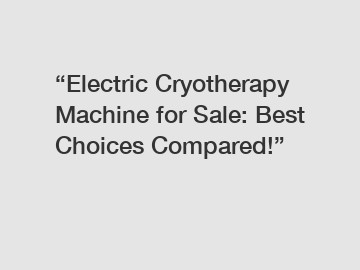
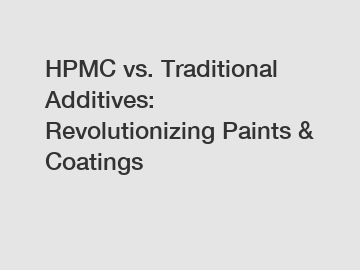
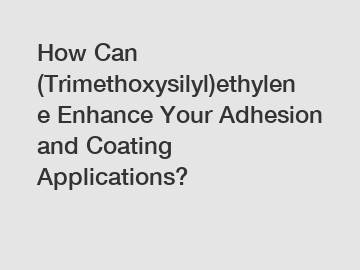
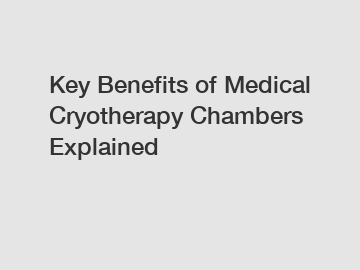

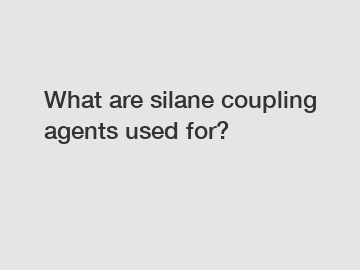

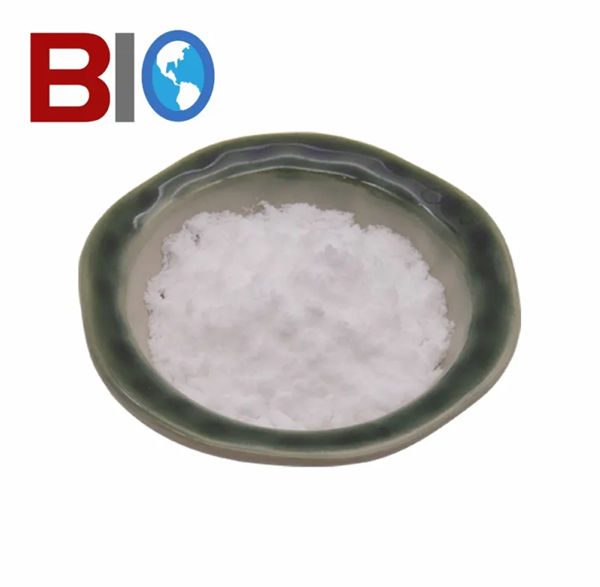
Comments
All Comments (0)